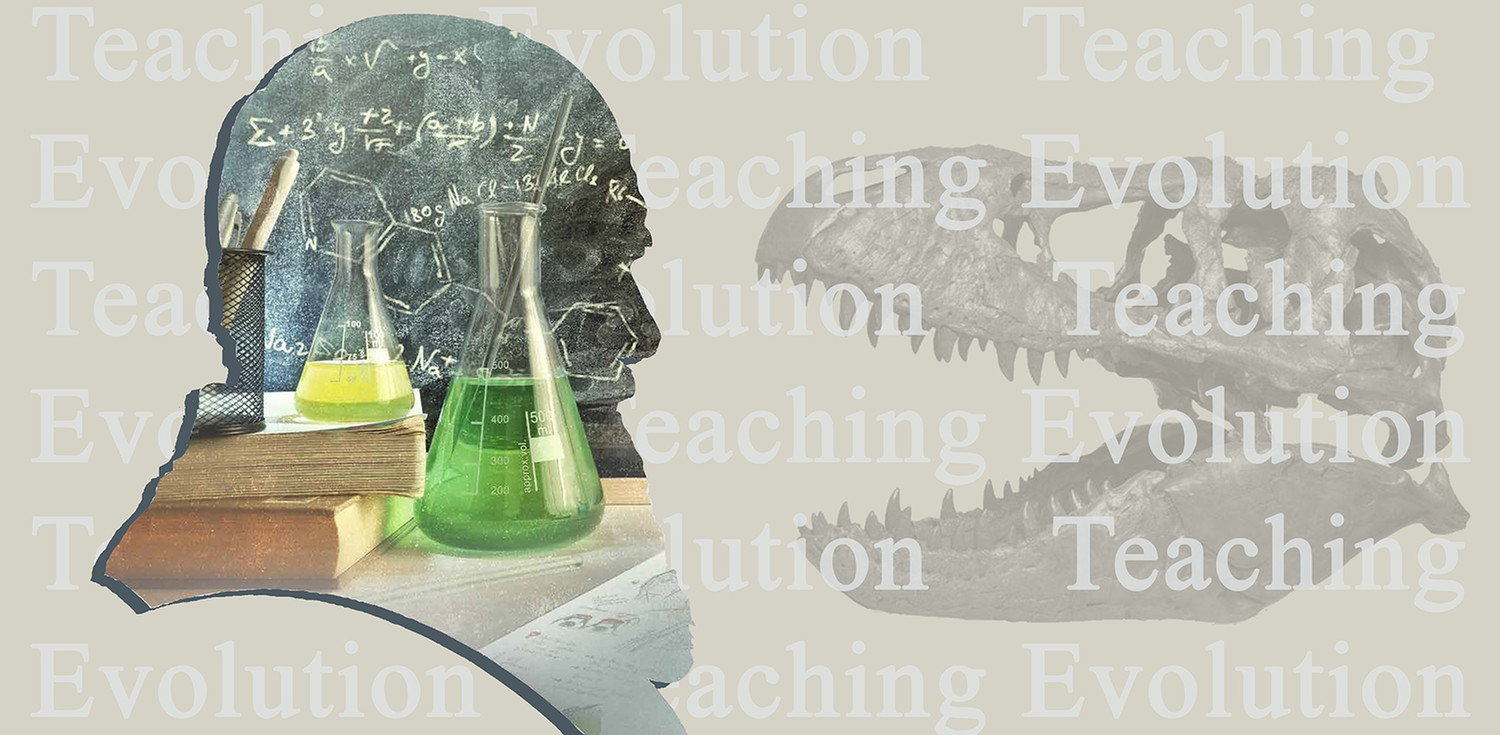A new student arrives at school early one morning, and word arrives with him that he has transferred from another district due to pending litigation over a violation of the First Amendment’s Establishment Clause. Staunch atheists, the child’s family was suing a nearby school over some aspect of their son’s curriculum that they felt violated the “Separation of Church and State.”
So, what’s a Christian teacher in a public school setting supposed to do when her literature class is right in the middle of reading The Last Battle by C.S. Lewis? It’s kind of hard, if not impossible, to keep Church and State separate when Lewis is spiritually addressing the apocalyptic demise of civilization in allegorical form.
I confess! This really happened to me in 1995, during my third year of teaching, and the prospect of facing litigation and/or job loss was quite disturbing.
After seeking counsel from veteran teachers, I was advised to either abandon C. S. Lewis altogether or quickly finish reading the last book in The Chronicles of Narnia with absolutely no discussion.
I contemplated both options in intense prayer.
God showed me that out of five possible grade-level English teachers, He had chosen me for this task. I knew beyond all doubt that I was the most ill-prepared and the least seasoned of the bunch, and yet, God knowingly put this child in my class at this exact moment in time—during my Narnia unit. Plus, my students were fully engaged in the story of the ape named Shift and the donkey named Puzzle. They might have revolted without a satisfactory end to the tale.
I decided to believe God had a good plan waiting within the pages of The Last Battle for me, my students, and this new child.
And what an amazing adventure it was!
When Darius (not his real name) walked into class that first day, I introduced myself and explained that we were in the middle of an allegorical story based on the book of Revelation from the ancient text known as The Holy Bible. I said something like, “You may not believe in the Bible. Some of us do; some of us don’t. Whatever the case, we have all enjoyed the story so far. I hope you will too.”
I assigned Darius a seat, handed him a book, directed him to the page we were on, and began reading aloud to the entire class. Quickly, the dilemma surrounding Darius faded away, and the entire class, myself included, found ourselves climbing “further up and further in,” squarely in the throes of Narnia’s imaginary battle to end all battles.
Now, teachers who have had the previous pleasure of sharing C. S. Lewis’ works with students know exactly what kind of questions followed our class reading. That day, and every day after, until the unit was finished, the students talked about life, death, war, and end-time prophecy. They discussed moral accountability and the collective sins of humanity versus personal sin.
They tried to figure out why Lewis chose allegory as his vehicle for telling such a profound story. They examined outside research and information on Christianity in comparison to atheism and other religions, even paganism and witchcraft.
Every single chapter of The Last Battle was met head-on with question after question. My students’ seemingly insatiable desire to know more about the truth behind Aslan’s final tale reminded me that Lewis once said, “Thirst was made for water; inquiry for truth.”
I simply stood as a witness to their inquiries for truth.
Not only did I witness my students begin to make life-altering inquiries about truth, but I also saw firsthand what the Bible teaches: God put eternity in our hearts. We all desire to know the truth of our existence, our end from our beginning. And since Christ alone is the Way, the Truth, and the Life, nothing else on earth will ever satisfy our longing to know and be known, to love and be loved by Him.
At the end of the semester, Darius came by my room to say how much he had enjoyed my class. With tears in his eyes, he hugged me goodbye and said, “I won’t forget you, Mrs. Lucius.”
I haven’t forgotten him all these years later either. You see, I learned a lot that year from Darius and The Last Battle. I learned that he was a kind and thoughtful young man. But the most important lesson I took away from my experience with Darius was that I don’t have to preach God’s Truth in my classroom. I am only responsible for living it.
C. S. Lewis put it this way: “The task of the modern educator is not to cut down jungles but to irrigate deserts.” Jesus Christ is Truth, and as Christian educators, we are simply called to irrigate our schools with that Truth.
For me, that meant reading an imaginary story of a donkey, an ape, and a lion to a young man whose atheist parents forcefully stood against Christ and His Truth.
Joy Lucius has spent 22 years in the classroom teaching creative writing to elementary students. She is an accomplished journalist and novelist as well.
